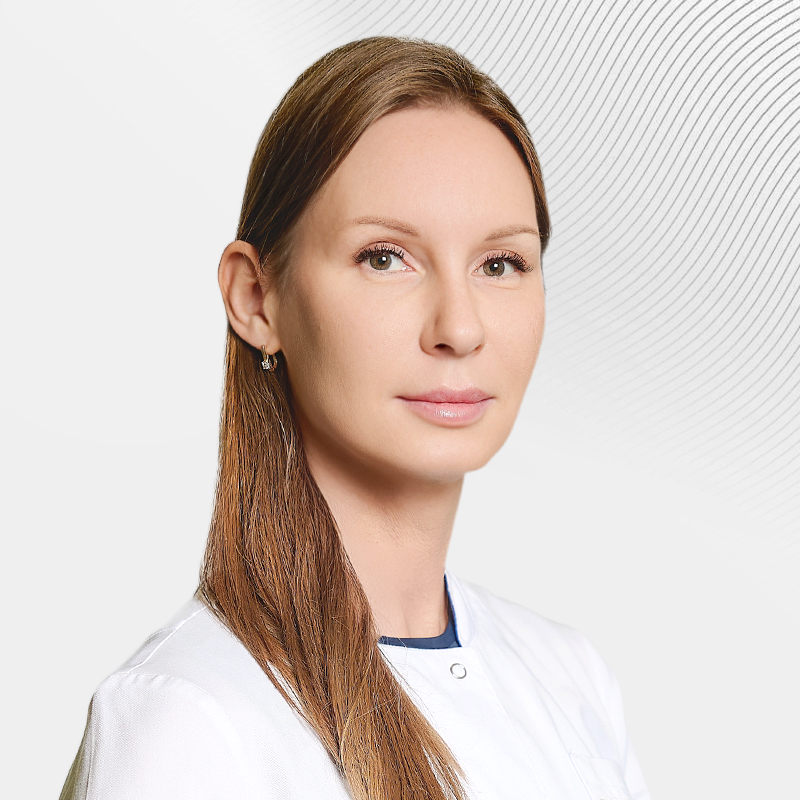Defibrillator implantation at the EMC Clinic
Implantable cardioverter defibrillators (ICDs) are designed for the treatment of pathological conditions associated with rhythm disturbances or cardiac arrest.
Indications for ICD
Implantation of a cardioverter defibrillator is indicated:
- patients with life-threatening tachyarrhythmias (ventricular tachycardia and ventricular fibrillation) resulting from coronary heart disease after a myocardial infarction
- patients who have suffered clinical death and successfully resuscitated
- patients with structural and hereditary heart diseases with a high risk of sudden death (different types of cardiopathies and channelopathies)
- patients with a low left ventricular ejection fraction of less than 30% (the norm is up to 50% or higher), regardless of the cause of its occurrence, for the prevention of sudden death.
All implantable cardioverter defibrillators have the function of a pacemaker, i.e. they can combat both bradycardia (low heart rate) and pauses that occur between heartbeats. Depending on the characteristics of the disease, the patient may require implantation of a one- or two-chamber ICD system. The issue of choosing the type of ICD is decided by the attending physician based on the type of arrhythmia specifically identified in the patient. Modern cardioverter defibrillators have additional programmable functions, which makes it possible to adapt their operation for each patient.
One of the important functions of ICD is the ability to store various events (ventricular and atrial arrhythmias, activation of ATP and shock discharges) by date and time, which will allow the attending physician to analyze them during a follow—up visit of the patient to the clinic. Most modern devices allow you to safely perform an MRI scan.
How the ICD works
Thanks to arrhythmia recognition algorithms, the implanted device distinguishes life-threatening ventricular arrhythmia from less dangerous atrial arrhythmia and chooses a way to stop it.
First, a "pack" of stimuli (anti-tachystimulation) is applied, aimed at "breaking" the pathological circle of arrhythmia. If the arrhythmia is successfully stopped, the device stops further exposure and switches to standby mode. If the rhythm disturbances could not be stopped after a series of anti-tachystimulations, the device generates a charge set and causes a shock discharge that stops the arrhythmia.
All implantable devices have a so-called "sensitivity function" that allows them to recognize the patient's own electrical activity.
This means that the ICD works like a pacemaker, controls the normal functioning of the heart and applies stimuli only when necessary (pauses, bradycardia, episodes of blockage).
Due to the fact that the shock discharge requires significantly more energy than the pacemaker stimulus, the battery and, consequently, the dimensions of the ICD are larger.
The service life of the ICD is from 3 to 7 years, depending on the frequency of "operation" of the device.An implantable cardioverter defibrillator is a kind of "safety cushion" for patients - it can "turn on" once in many years, but its operation may one day save lives!
Contraindications for implantable cardioverter defibrillator
The absolute contraindication for ICD implantation is the "reversibility/elimination" of the cause of the development of life-threatening arrhythmias.
For example, ventricular tachycardia, which develops in an ischemic myocardium that does not receive enough oxygen, can be eliminated by revascularization of the myocardium — stenting or coronary bypass surgery. Therefore, before implanting the device, the patient additionally needs to perform diagnostic coronary angiography.
Another contraindication for ICD implantation may be continuously recurrent ventricular tachycardia. This is due to the fact that the ICD battery is designed for a limited number of shock discharges and can quickly run out in the case of frequent arrhythmia attacks.
Possible complications
Implantation of a cardioverter defibrillator is a routine and low-trauma intervention. Nevertheless, as with any operation, risks are possible. Possible complications during and after surgery may include:
-
occurrence of an attack of ventricular tachycardia or ventricular fibrillation (may require an electric discharge through the chest to relieve arrhythmia)
- pneumothorax (accumulation of air in the chest - may require the installation of drainage for its evacuation)
- hematoma of the ICD bed (may require puncture of the ICD bed or repeated surgery to repair it)
- hemopericardium (outpouring of blood into the pericardium)
- dislocation of the electrode (displacement), development of the "exit block" syndrome and other disorders of the pacemaker function, which may require repeated intervention
- purulent complications (suppuration of the wound, suppuration of the ICD bed, "electrode" sepsis)
The surgeon takes actions at each stage to minimize risks, and therefore the probability of complications remains extremely low, less than 0.1%.
Preparation for the operation
ICD implantation surgery is performed on an empty stomach, if necessary, it is allowed to take the medicine in the morning before the operation. If the patient is taking medications, there is no need to cancel them, it is necessary to consult with your doctor.
How is the operation performed
The ICD implantation operation is performed in the X-ray room. In most cases, the operation is performed under local anesthesia, so the patient retains tactile sensitivity. It is normal to feel pressure and pulling sensations during the procedure, but if pain occurs, it is necessary to inform the surgeon about it. In most cases, the operation lasts no more than 60 minutes.
Rehabilitation and monitoring of ICD
Bed rest is necessary on the first day. With an uncomplicated course of the postoperative period, in most cases, the patient can be discharged on the second or third day.
After the operation, the ICD and electrodes are tested and the operating parameters are adjusted. If the patient has no complaints, a routine check-up is recommended one month after the operation, then six months later and then at least once a year. If the device "worked", you need to contact your doctor and perform an emergency ICD test.
General recommendations
- Performing MRI examinations is contraindicated. If the patient has an ICD with the ability to perform an MRI scan, it is necessary to activate this function before the examination and turn it off after.
- Do not stay near sources of strong electromagnetic field
- Do not skip routine checkups, consult a cardiologist when planning operations and other medical interventions.
Subcutaneous Defibrillator (ICD)
A relatively new development among the ICD family is the so–called subcutaneous defibrillator S(subcutaneous) - ICD.;
Unlike traditional transvenous ICD, the shock electrode of a subcutaneous cardioverter defibrillator is carried out in subcutaneous tunnels formed parallel to the sternum and ribs in the left half of the chest. The ICD itself is implanted under the latissimus dorsi muscle in the axillary region.
The operation lasts about an hour and is performed under anesthesia, as the so—called "defibrillation test" is performed at the final stage. Ventricular tachycardia is provoked in the patient, and the device's readiness to recognize the arrhythmia and successfully stop it with a shock discharge is checked.
A distinctive feature of the system is that the electrodes are not implanted through blood vessels and do not penetrate into the heart cavity. In this regard, all possible "electrode" complications such as heart perforation, electrode fracture, electrode sepsis, and valve injury with an electrode are excluded. The disadvantages of the technique include the inability to perform electrocardiostimulation if necessary and to stop the arrhythmia with anti-tachystimulation. The subcutaneous ICD system is indicated for young patients with a high risk of sudden cardiac death and a low risk of bradycardia.
The devices are fully MRI-compatible and the service life stated by the manufacturer is 3-5 years. When choosing an ICD system, it is necessary to consult a doctor.
Doctors
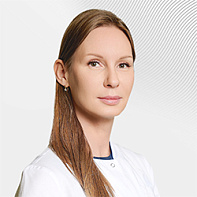
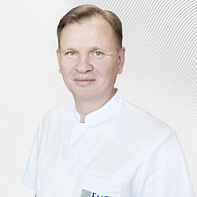
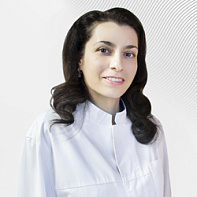
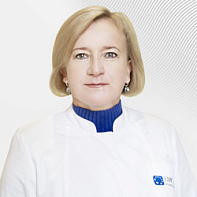
.jpg)
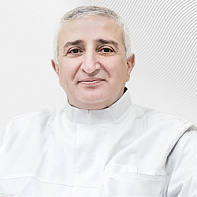
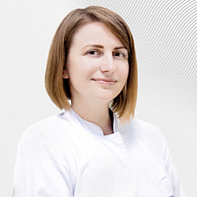
.jpg)
.jpg)
.jpg)
.jpg)
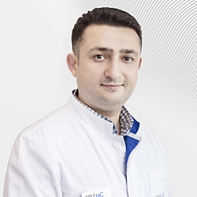

.jpg)

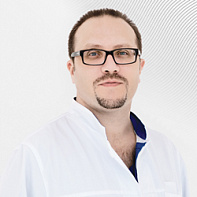
.jpg)
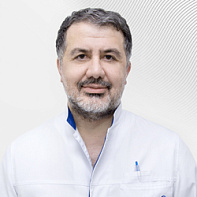
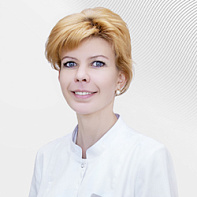
- Specializes in research of the cardiovascular system, including in the framework of surgical vascular pathology, as well as in such pathologies as ACS and oncological cancer
- Field of activity — ultrasound examinations of blood vessels in all regions
